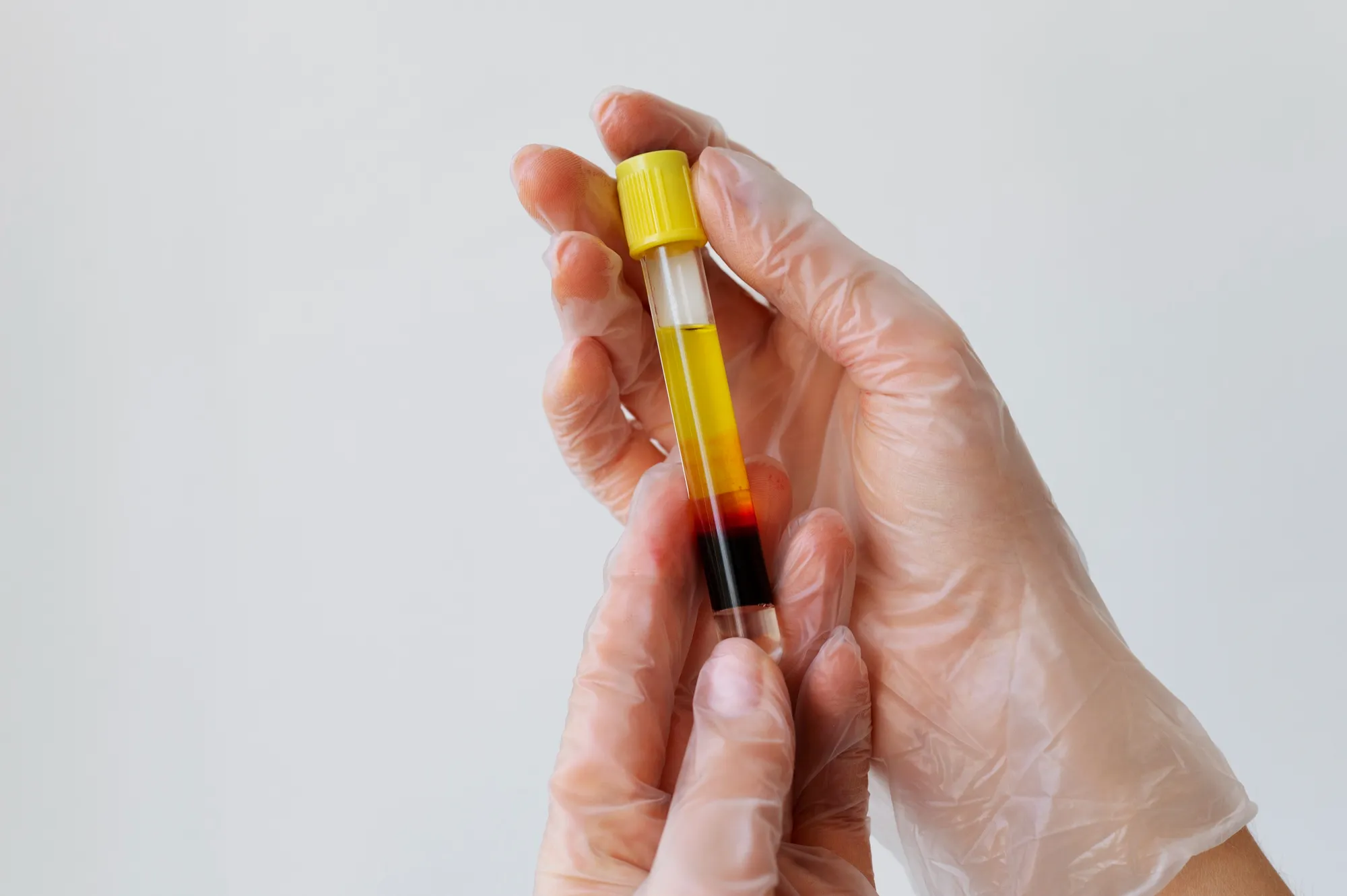A novel ultra-performance liquid chromatography (UPLC) method for measuring linezolid and its metabolites, PNU-142300 and PNU-142586, in human plasma has been developed and validated, opening new opportunities for monitoring drug levels in patients undergoing treatment. The method, featuring high sensitivity and specificity, can have significant implications for personalized medicine and overcoming antimicrobial resistance.
Keywords
1. Ultra-performance liquid chromatography
2. Linezolid plasma measurement
3. UPLC method validation
4. Linezolid metabolites quantification
5. Antimicrobial resistance monitoring
Introduction
Linezolid, a synthetic antibiotic of the oxazolidinone class, is known for its effectiveness against a range of Gram-positive bacteria that are resistant to other antibiotics. As is the case with many antibiotics, monitoring the plasma levels of linezolid and its metabolites can be crucial for ensuring therapeutic efficacy and minimizing toxicity. In a groundbreaking study published in 2019, a research team led by Norihiro Sakurai of Osaka City University Hospital has developed and validated an ultra-performance liquid chromatography (UPLC) method for this purpose, delineating a route to more effective dose management and a deeper understanding of the drug’s pharmacokinetics. The research has implications not only for patient care but also for combating the increasing challenge of antimicrobial resistance.
Osaka City University’s Department of Infection Control Science and the Department of Pharmacy have announced a significant leap forward in the pharmacokinetic analysis of linezolid, a critical weapon in the fight against antibiotic-resistant infections. In a study published in “Chemical & Pharmaceutical Bulletin” (DOI: 10.1248/cpb.c18-00840), researchers described the development of a novel UPLC method that can reliably measure linezolid and its metabolites, PNU-142300 and PNU-142586, in human plasma.
The study is a cornerstone in efforts to refine antibiotic dosing and tailor treatments to individual patients, thus contributing to the optimization of antibiotic stewardship programs. The emergence of antimicrobial resistance is a looming public health crisis, and the ability to accurately measure drug levels is key to using antibiotics judiciously and effectively.
The Importance of Monitoring Linezolid Levels
Linezolid’s mechanism of action involves inhibiting the synthesis of bacterial proteins, rendering it highly effective against multi-resistant bacterial strains. However, its widespread usage is tempered by the need to measure plasma concentrations to avoid toxicity and ensure therapeutic levels are reached. The drug’s narrow therapeutic index necessitates sophisticated analytical techniques that can provide accurate and precise quantification.
Development and Validation of the UPLC Method
The research team set out to create a reliable analytical method that would overcome some of the limitations of existing measurement techniques. The developed method utilizes protein precipitation using acetonitrile to extract linezolid and its metabolites from human plasma. The protein-free supernatant is then separated using reverse-phase chromatography on an ACQUITY UPLC HSS T3 column and detected at a wavelength of 254 nm, with p-toluic acid serving as the internal standard.
A critical feature of the method is that no interfering peaks were observed at the retention times for linezolid, PNU-142300, PNU-142586, and the internal standard, indicating a high level of specificity. The calibration curve for linezolid was linear over a range of 0.2 to 50.0 µg/mL, showcasing a wide dynamic range suitable for clinical monitoring.
Validation parameters include sensitivity, accuracy, precision, and reproducibility, making it a robust tool for routine clinical application. The limit of detection (LOD) for this method reaches levels of sensitivity that were previously unattainable, providing clinicians with critical information regarding drug levels in patients being treated with linezolid.
Implications for Clinical Practice
The ability to measure linezolid and its metabolites accurately has far-reaching consequences for individualized patient care. Therapeutic drug monitoring according to this method may allow dosing adjustments that minimize adverse effects while maximizing the drug’s efficacy. In critical care and other sensitive clinical situations, such as in pediatric or geriatric populations, this precision in dosing can lead to improved outcomes.
Furthermore, real-time monitoring can guide clinical decisions in cases of suspected antibiotic resistance or suboptimal response to treatment, aiding in the preemptive adaptation of therapeutic regimens. Ultimately, the use of this UPLC method could contribute to diminishing the potential for microbes to develop resistance to linezolid, offering a crucial advantage in the management of infections caused by drug-resistant bacteria.
Conclusion
The work conducted by Sakurai and colleagues exemplifies the kind of innovation needed to stay ahead in the battle against antibiotic resistance. The newly validated UPLC method marks a significant progression in the pharmacokinetic profiling of linezolid, potentially transforming the way this antibiotic is administered and monitored in clinical settings. As the demand for precision medicine grows, techniques such as these are paving the way towards more personalized and effective healthcare.
References
1. Sakurai, N., Nakamura, Y., Kawaguchi, H., Abe, J., Yamada, K., Nagayama, K., & Kakeya, H. (2019). Measurement of Linezolid and Its Metabolites PNU-142300 and PNU-142586 in Human Plasma Using Ultra-Performance Liquid Chromatography Method. Chemical & Pharmaceutical Bulletin, 67(5), 439-444. DOI: 10.1248/cpb.c18-00840
2. Cottagnoud, P., & Acosta, F. (2017). Linezolid: a review of its properties, function, and use in critical care. Drug Design, Development and Therapy, 11, 3279–3290. DOI: 10.2147/DDDT.S142034
3. Morales-Molina, J. A., Mateu-de-Antonio, J., & Marin-Casino, M. (2006). Linezolid: pharmacokinetic and pharmacodynamic properties. Clinical Pharmacokinetics, 45(4), 317-327. DOI: 10.2165/00003088-200645040-00001
4. Zurenko, G. E., Yagi, B. H., Schaadt, R. D., Allison, J. W., Kilburn, J. O., Glickman, S. E., Hutchinson, D. K., & Barbachyn, M. R. (1996). Antimicrobial Activity of the Oxazolidinone Linezolid. Antimicrobial Agents and Chemotherapy, 40(6), 1508–1514. DOI: 10.1128/AAC.40.6.1508
5. MacGowan, A. P. (2003). Pharmacokinetic and pharmacodynamic profile of linezolid in healthy volunteers and patients with Gram-positive infections. Journal of Antimicrobial Chemotherapy, 51(suppl_2), ii17-ii25. DOI: 10.1093/jac/dkg248
